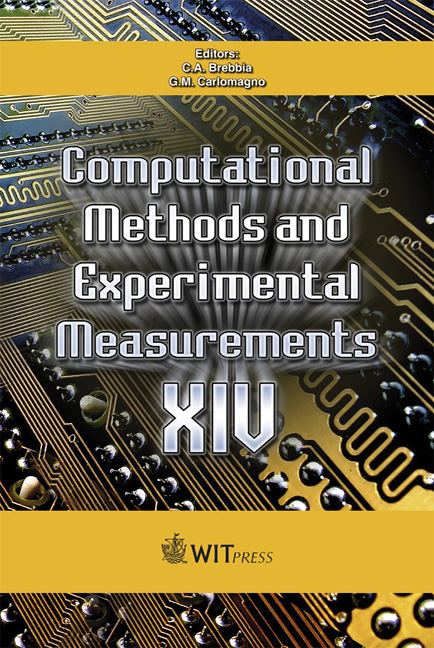Spotting Ignition Of Fuel Beds By Firebrands
Price
Free (open access)
Transaction
Volume
48
Pages
10
Page Range
603 - 612
Published
2009
Size
533 kb
Paper DOI
10.2495/CMEM090541
Copyright
WIT Press
Author(s)
C. Lautenberger & A. C. Fernandez-Pello
Abstract
Wind can carry fire-lofted embers or molten/burning metal particles generated by powerline interactions long distances, where they may land on and ignite fuel beds remote from the source. This process, known as spotting, is a common mechanism of wildland and wildland urban interface fire propagation. The physical processes leading to spot fire initiation after an ember or heated particle has landed are not yet quantitatively understood. To provide insight into spot fire initiation, this paper presents a comprehensive 2D numerical model for the potential ignition of a porous fuel bed by an ember or hot metal particle. The model consists of a computational fluid dynamics (CFDs) representation of the gas-phase coupled to a heat transfer and pyrolysis model that simulates condensed-phase phenomena. The coupled model is used to simulate ignition of a powdered cellulose porous fuel bed by glowing pine embers in a laboratory experiment. The model provides qualitative information regarding the mechanisms that lead to ignition, smolder, or flame propagation on a porous fuel bed that agree qualitatively with experimental observations. This work provides the foundation for a more complete study of the problem where the effects of different factors (moisture content, humidity, temperature, porosity, particle size/heat content, etc.) are quantified. Keywords: spotting, embers, ignition.
Keywords
spotting, embers, ignition.





